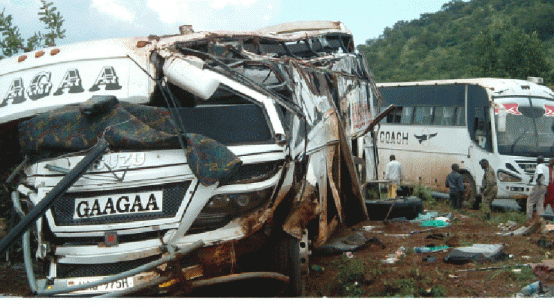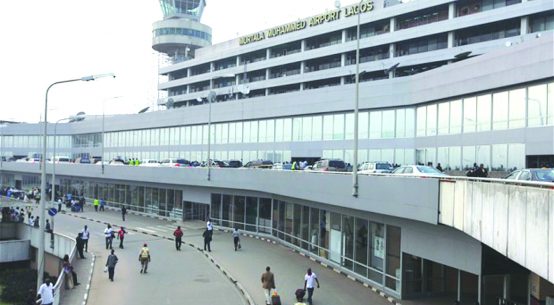
Dallas U.S.A – It was a busy conference for dangerous goods (DG) last week at IATA’s World Cargo Symposium. In an effort to encourage electronic management DG handling and improve safety, IATA introduced both its Dangerous Goods AutoCheck (DG AutoCheck) platform and its e-Dangerous Goods Declaration (e-DGD) standards.
DG AutoCheck stands as a bridge between the paper-based and electronic cargo management processes.

To file a shipper’s DGD that complies with IATA’s Dangerous Goods Regulations (DGR), customers may either enter declarations via web interface (pictured at right) or scan versions of paper DGD forms to convert the information into a digital record of the shipment.
This data can then be processed and verified automatically using the XML data version of the DGR.
More than 20 global organizations supported the development of DG AutoCheck, including airlines, freight forwarders, ground handlers and express integrators, such as Air France-KLM Cargo, Swissport, Panalpina and DHL Express.
DG AutoCheck also facilitates a ground handler’s or airline’s decision to accept or reject a shipment during the physical inspection stage by providing a pictorial representation of the package with the marking and labelling required for air transport.
Meanwhile, with the “e-DGD” tool, IATA advanced closer to full cargo digitalization with its electronic method of managing DGDs, which supports the industry’s push to modernize air cargo processes and share critical data among stakeholders.Using e-DGD can improve transparency, traceability and data quality, which can reduce errors and delays.
Developed through the IATA Cargo Services Conference, e-DGD came about with support from four proof-of-concept partners: Air France-KLM Cargo, Lufthansa Cargo, Swiss WorldCargo and Cargologic.
“Only when all stakeholders of the supply chain find benefits in the solution, will digitalization be successful on such a large scale,” said Jan-Wilhelm Breithaupt, vice president of global handling at Lufthansa Cargo. “We´re happy to perform the pilot project with industry partners in our hub in Frankfurt.”
Because the DGR lists more than 3,000 entries for dangerous goods and is 1,100 pages in length, these digital tools are expected to reduce potential errors made during time-consuming manual checks of the data and to ensure better accuracy in marking, labelling and packaging these shipments.
“The air transport industry handles in excess of 1.25 million dangerous goods shipments transported per year,” said Nick Careen, IATA’s senior vice president of airport, passenger, cargo and security. “With the air cargo growth forecast at 4.9 percent per year over the next five years, this number will rise significantly. To ensure that air cargo is ready to benefit from this growth, the industry needs to adopt modern and harmonized standards that facilitate safe, secure and efficient operations.”








